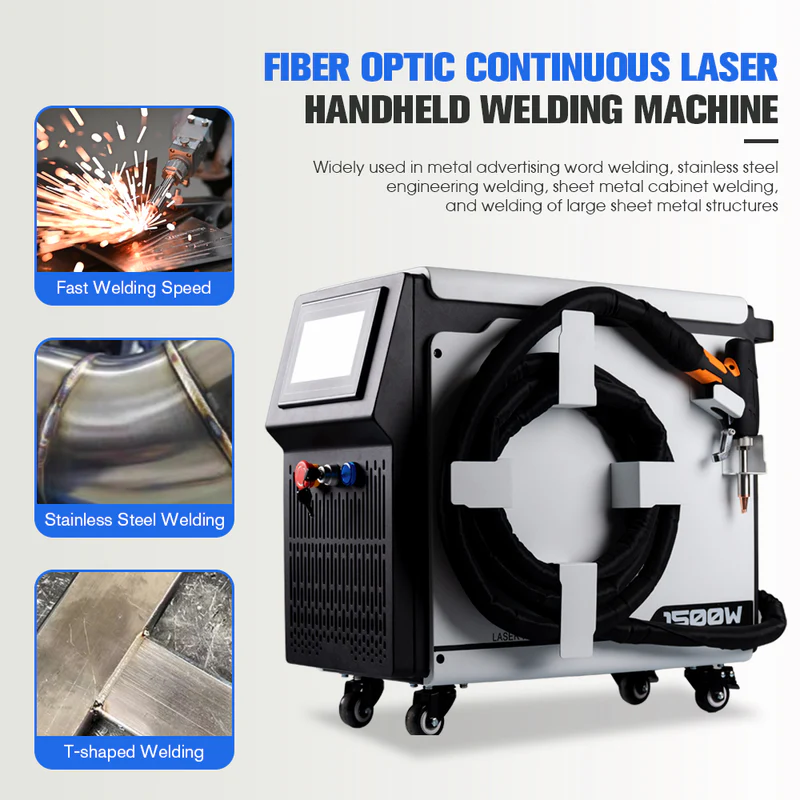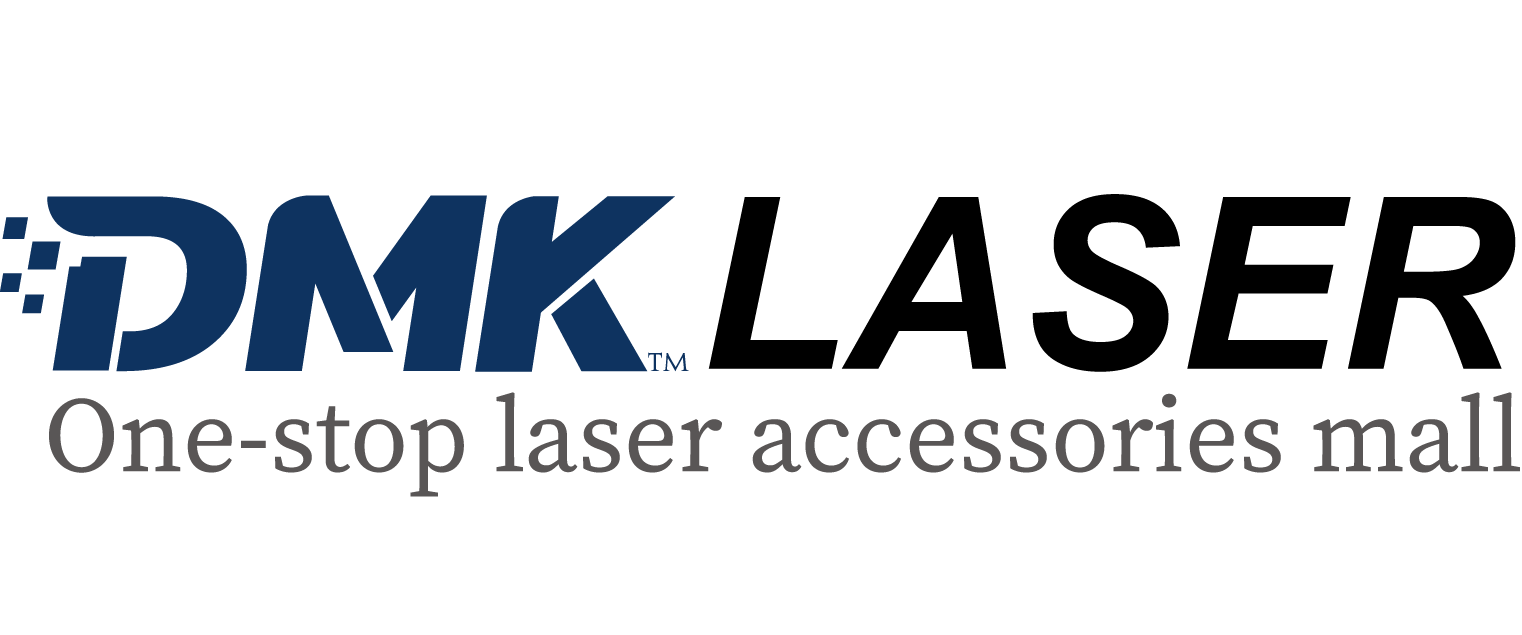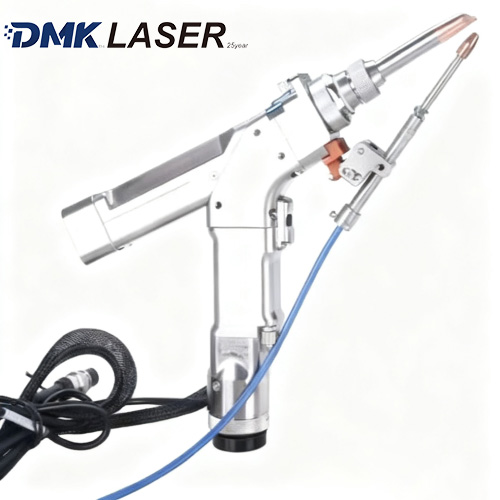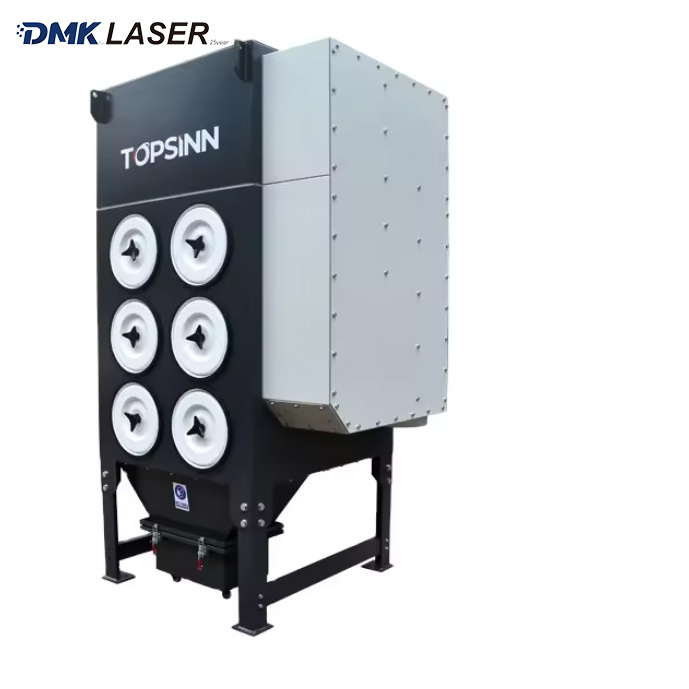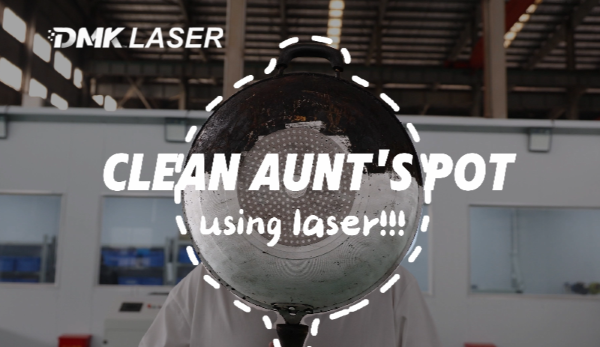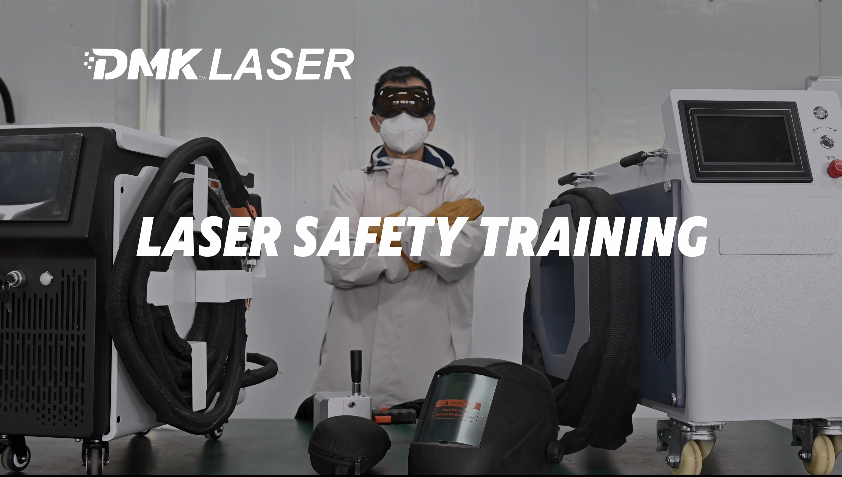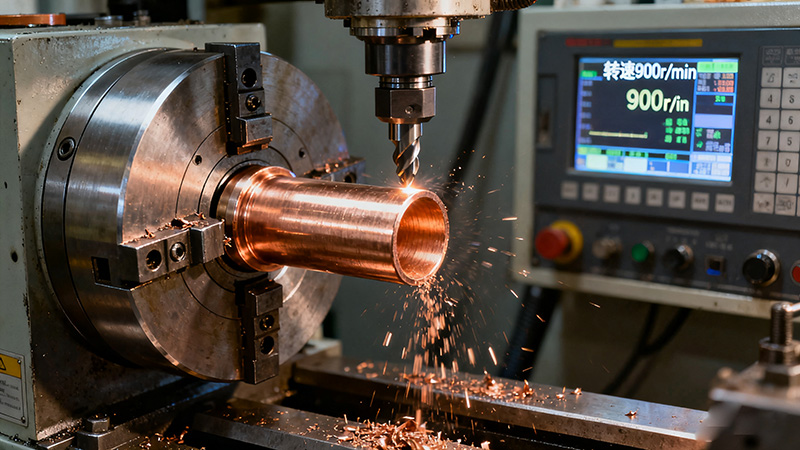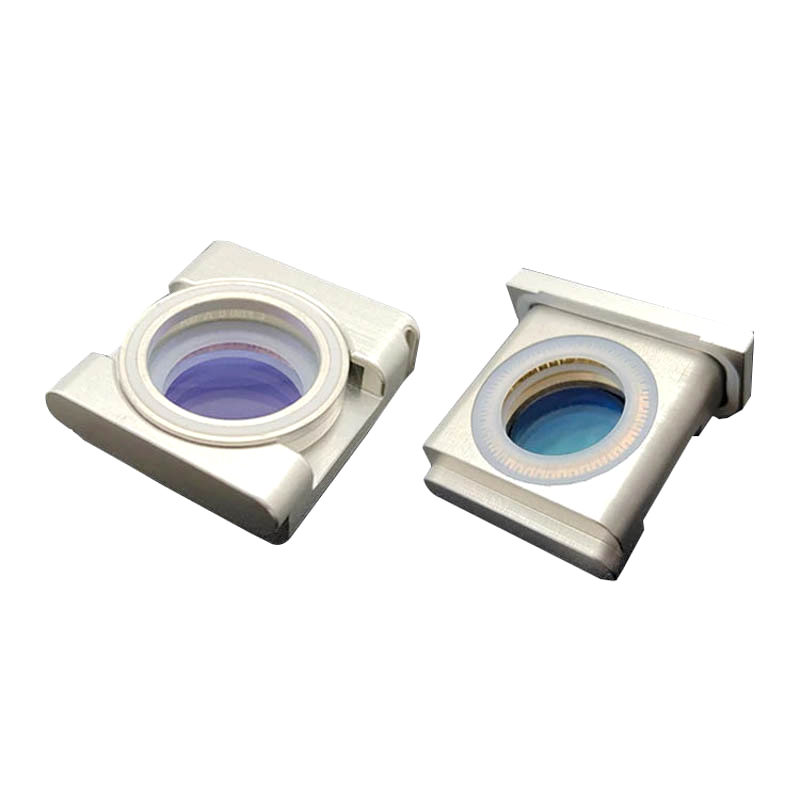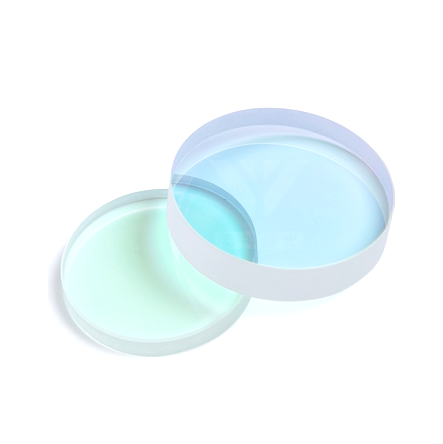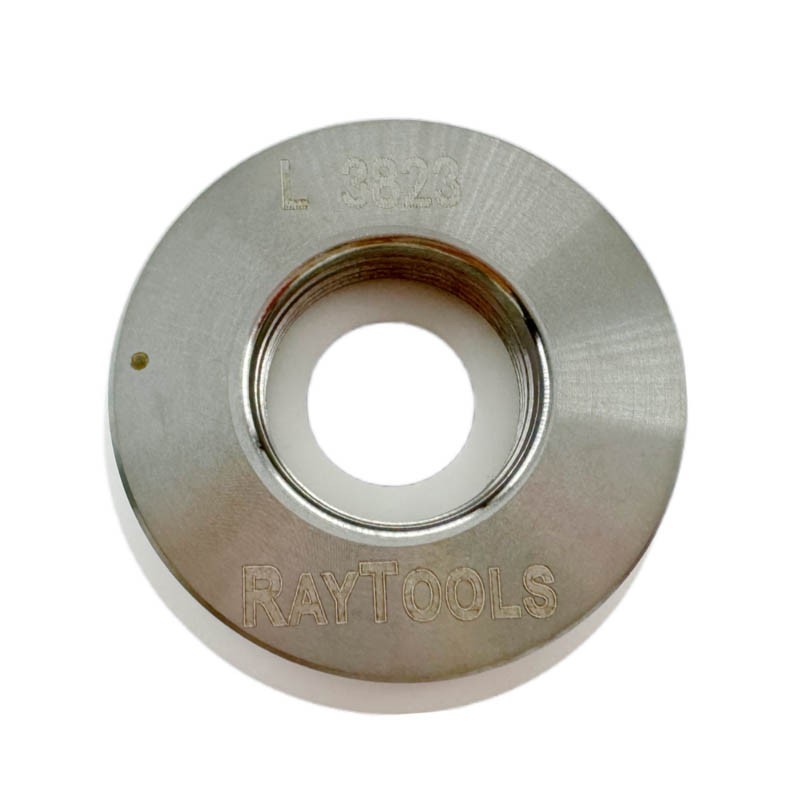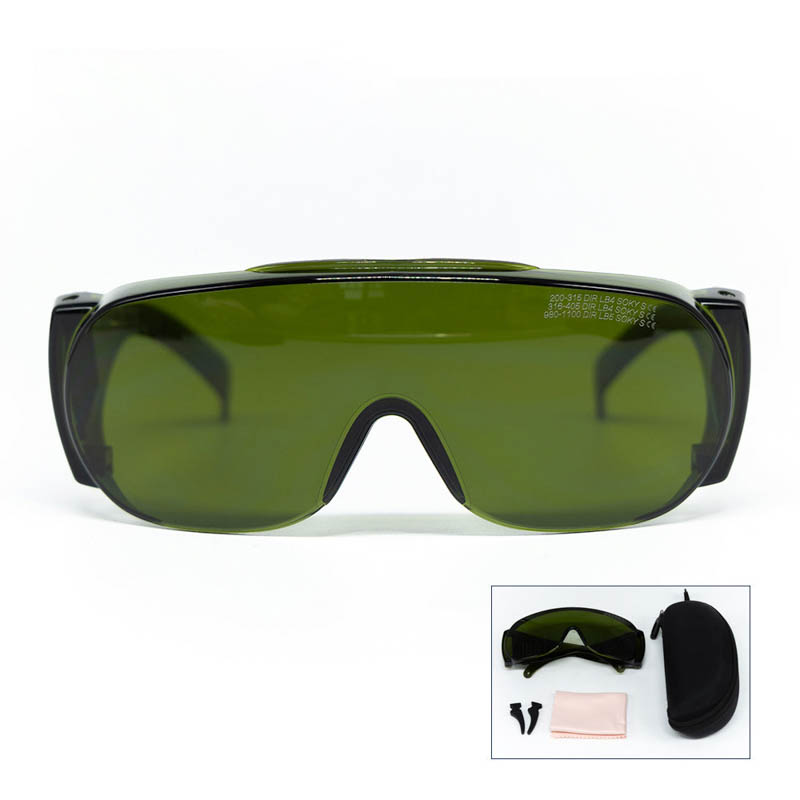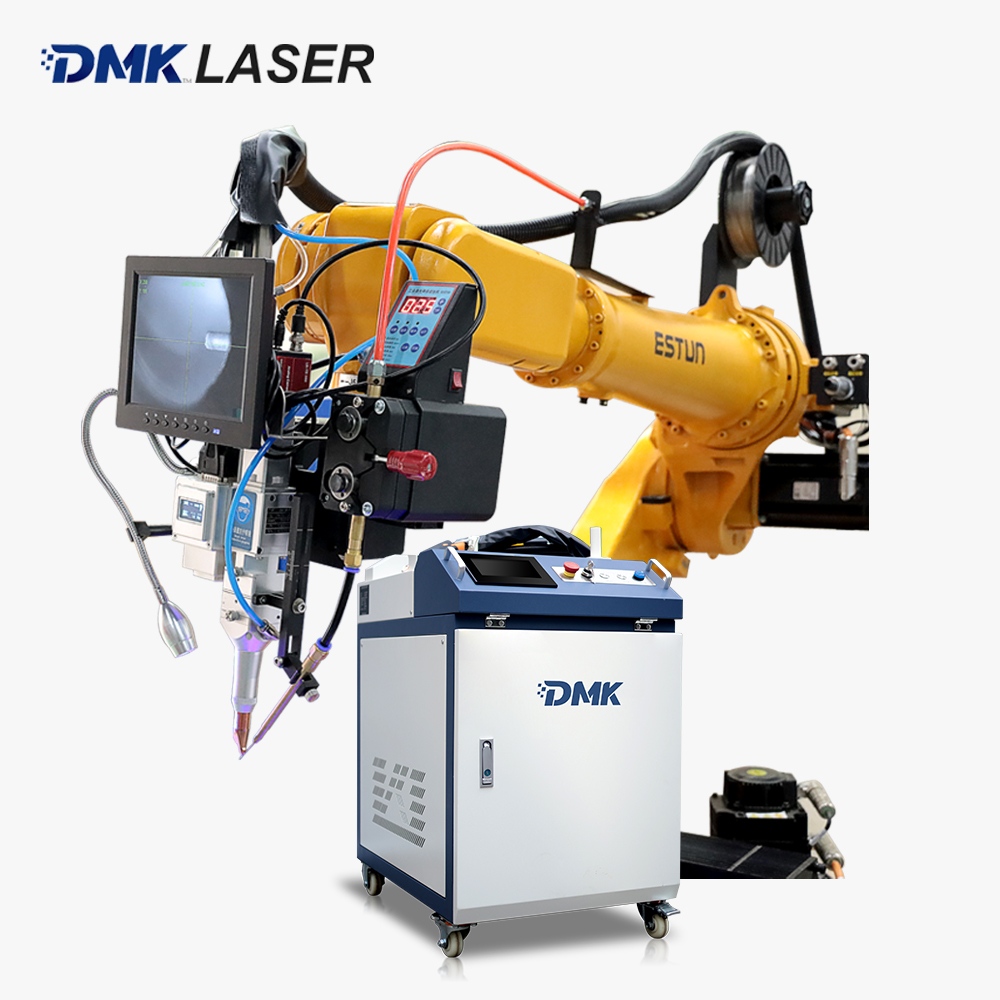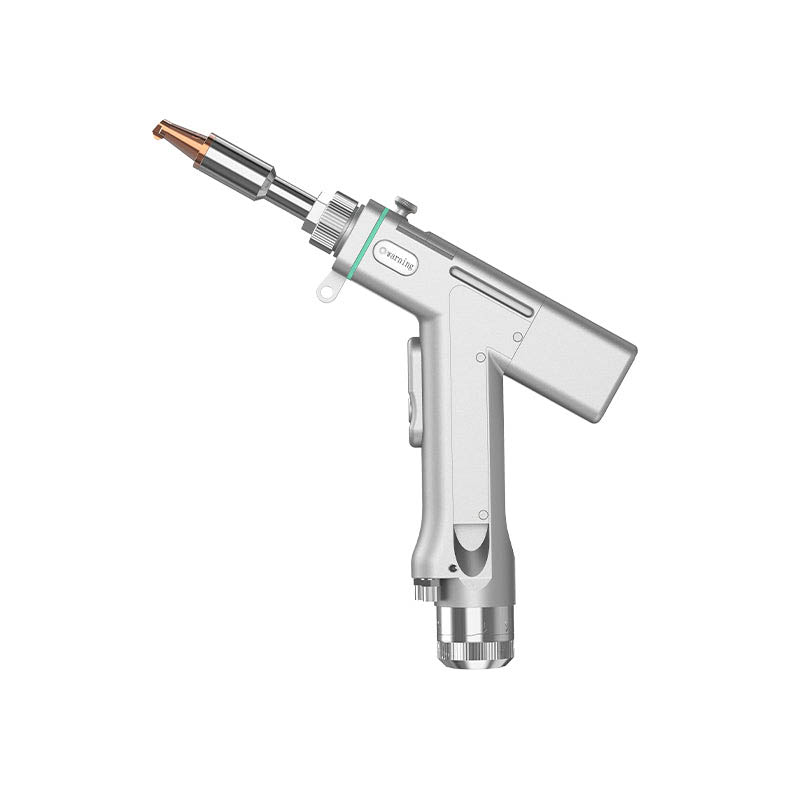Your cart is currently empty.
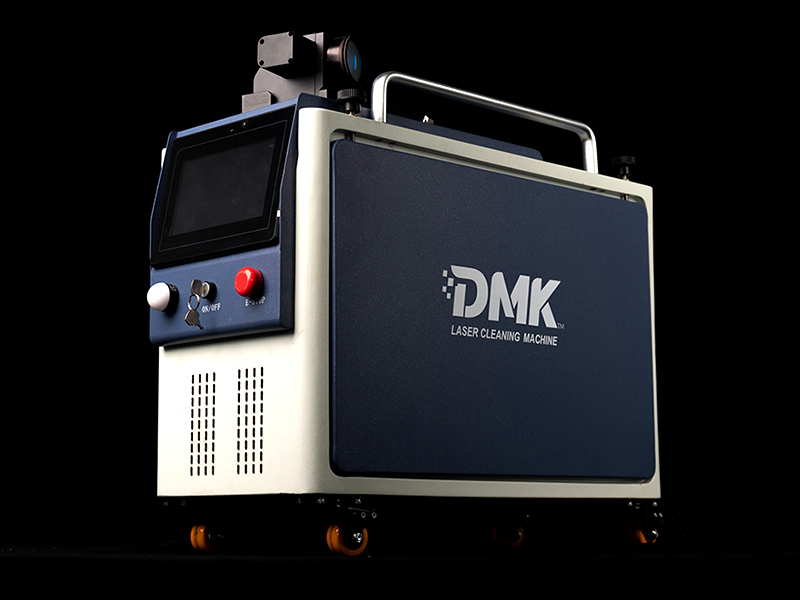
As the world turns to the oceans for sustainable development and new economic opportunities, the role of marine engineering equipment has never been more critical. From oil rigs to oceanographic research vessels, these machines are the backbone of offshore operations. However, the harsh marine environment takes its toll—corrosion, biofouling, and material degradation are constant threats. Cleaning technology has emerged as a vital defense, improving both performance and lifespan.
This article explores the current state of marine equipment cleaning technology and its promising future, based on insights from recent research conducted by Dalian Ocean University.
Marine engineering equipment is constantly exposed to saltwater, wind, biological growth, and other corrosive elements. These conditions not only affect performance but also threaten structural integrity and safety.
Effective cleaning technologies are essential to:
Remove rust and biological fouling
Maintain structural reliability
Reduce maintenance costs
Enhance energy efficiency
Minimize environmental impact
These traditional techniques involve mechanically scouring surfaces using steel brushes or high-pressure grit. Though effective, they are labor-intensive and can damage sensitive surfaces.
This method uses focused water jets to remove biofouling, sediments, and coatings. It’s a widely used technique thanks to its eco-friendliness and adaptability. However, it can be dangerous if not handled properly and may waste significant water.
Using high-frequency sound waves, ultrasonic cleaning breaks down contaminants at a microscopic level. It is particularly useful for cleaning complex geometries and internal surfaces but may damage fragile materials if not calibrated properly.
Laser cleaning utilizes focused laser beams to remove rust, paint, oil, and even radioactive particles without harming the base material. Its key advantages include:
No chemicals or water required
High precision
Eco-friendliness
Minimal maintenance
Laser cleaning is transforming how marine industries maintain their equipment. It’s particularly valuable in scenarios where:
Precision is critical
Surfaces must remain intact
Automation is beneficial
Environmental regulations are strict
Current Applications:
Mold and tool cleaning
Nuclear pipeline decontamination
Surface prep for remanufacturing
Challenges:
Despite its promise, laser cleaning faces hurdles like:
Limited available laser sources
High equipment cost
Lack of universal standards
Need for tailored parameters for different surfaces
Marine cleaning technology is evolving rapidly, with future trends pointing toward:
Intelligent, automated cleaning robots
Low-cost, high-efficiency systems
Greener alternatives like microbial enzyme cleaning
Integration with IoT and AI for predictive maintenance
As we strive toward a cleaner, safer, and more efficient ocean economy, cleaning technology will play a central role in maintaining the health of our marine infrastructure. Innovations like laser cleaning are not just alternatives—they are shaping the future standard for marine equipment maintenance.
Investing in advanced cleaning technologies means investing in safety, sustainability, and operational excellence across the maritime world
Previous: Understanding Fiber Core Temperature in High-Power Fiber Lasers: Key Insights and Innovations
Next: Laser Cleaning Technology: A Green and Efficient Solution for Marine Surface Treatment







Your cart is currently empty.
